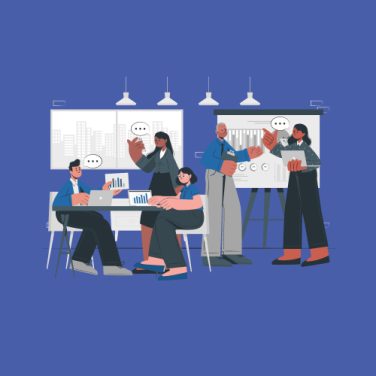What is the most commonly used training approach in organizations? An employee is invited to a training session, ideally in a training room at a specified time, to focus on a series of product/service demonstrations, and sent back to work. Content is pushed down to employees based on the training need and effectiveness is measured by how many employees attended the training session. Today’s employees typically have varied expectations of how to acquire and develop skills. Generation Y and Generation X workers expect training and support to be as readily and easily accessible at anytime from anywhere. In this context, learning and development becomes a continuous process, where learning and development can be accessed via computers or mobile devices anywhere, anytime.
Continuously and readily available training programs to enrich employee expertise to a whole new level will help Millennials to plan long term, multi-chapter careers, with a clearly defined career path. To address the new dynamics of millennial employee, companies are replacing traditional training programs with a range of online training resources. These new tools allow employees to continuously upgrade skills by incorporating learning into regular work experience. Companies can experience the successful transition from traditional training to online/individual learning which will help employees to acquire necessary knowledge at their convenience and the HR department can free themselves up for more strategic initiatives without having to invest their time and efforts in organizing & scheduling training programs.
According to latest research findings, traditional employee training represents a $130 billion global market, while most organizations spend millions of dollars on training today. In most cases, companies are not certain of how and where the training budgets are invested and the return on such investments. Another challenge could be the uncoordinated structure of learning and development. An organization might have a senior leader running the training function, an estimated budget for training sessions etc. However, the effective utilization of these resources cannot be guaranteed in most cases with little or vague planning and determination of training programs. Companies do not have a proper objective of delivering a training session, proper measures to evaluate effectiveness, proper criteria to ensure whether employees have improved their expertise subsequent to the training. Such poor planning and execution of training sessions result in a lot of waste and redundancies. Rationalizing and consolidating these programs is clearly a crucial step in creating a next-generation learning environment.
Study how Microimage addresses the learning and development challenges with MiHCM- www.mihcm.com which has one module dedicated for learning management. We will discuss possible improvements companies could make to raise the quality of learning management processes. Stay connected with us for more exciting updates on this!




